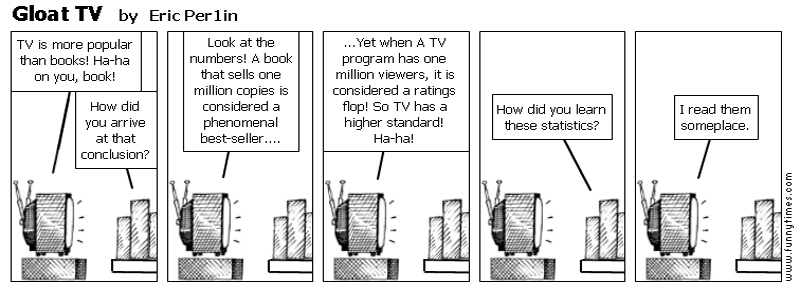

Help / General Information Center
|
CHAPTER ONE — STRUCTURES: PATTERNS OF MEANING «go»
Analyze idioms, analogies, metaphors, and similes to infer the literal and figurative meanings of phrases.
Understand the most important points in the history of the English language and use common word origins to determine the historical influences on English word meanngs.
Analyze text that uses proposition and support patterns.
Evaluate the structural elements of the plot, the plot's development, and the way in which conflicts are or are not addressed and/or resolved.
CHAPTER TWO — CHARACTERS: DOING THE RIGHT THING «go»
Understand the most important points in the history of the English language and use common word origins to determine the historical influences on English word meanngs.
Find similarities and differences bewteen texts in the treatment, scope, or organization of ideas.
Compare and contrast motivations and reactions of literary characters from different historical eras confronting similar situations or conflicts.
CHAPTER THREE — BEING THERE: SETTING «go»
Use word meanings within the appropriate context and show the ability to verify those meanings by definition, restatement, example, comparison, or contrast.
Analyze the relevance of the setting to the mood, tone, and meaning of the text.
CHAPTER FOUR — THEME: WE STILL BELIEVE «go»
Use word meanings within the appropriate context and show the ability to verify those meanings by definition, restatement, example, comparison, or contrast.
Identify and analyze recurring themes across traditional and contemporary works. |
NAVIGATE TO Eagle's Home ELA Challenge
CHAPTER FIVE — IMAGINE THAT! LITERARY DEVICES «go»
Analyze idioms, analogies, metaphors, and similes to infer the literal and figurative meanings of phrases.
Identify significant literary devices that define a writer's style, and use those elements to interprete the work.
CHAPTER SIX — SOUND AND SENSE: FORMS OF POETRY «go»
Compare the original text to a summary to determine whether the summary accurately captures the main ideas, includes critical detials, and conveys the underlying meaning.
Determine and articulate the relationship between the purposes and characteristics of different forms of poetry.
CHAPTER SEVEN — LITERARY CRITICISM: THE PERSON BEHIND THE TEXT «go»
Analyze idioms to infer the literal and figurative meanings of phrases.
Use word meanings within the appropriate context and show the ability to verify those meanings by definition, restatement, example, comparison, or contrast.
Evaluate the unity, coherence, logic, internal consistency, and structural patterns of text.
Analyze a work of literature, showing how it reflects heritage, traditions, attitudes, and beliefs of its author.
CHAPTER EIGHT — READING FOR LIFE «go»
Compare and contrast the features and elements of consumer materials to gain meaning from documents.
Understand and explain the use of a complex mechanical device by following technical directions.
Use information from a variety of consumer, workplace, and public documents to explain a situation or decision and to solve a problem.
|
 |
Last Updated On 2011-11-05 20:59
(c) 2010 William Mason. All rights reserved.
Contact: b4genesis@verizon.net